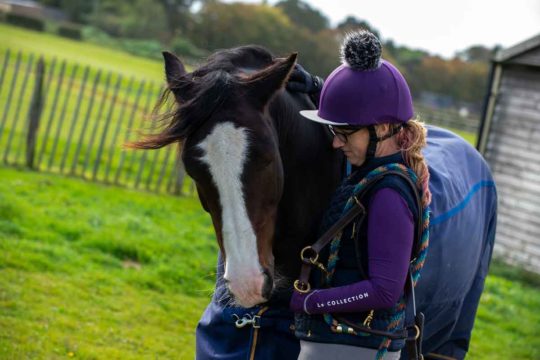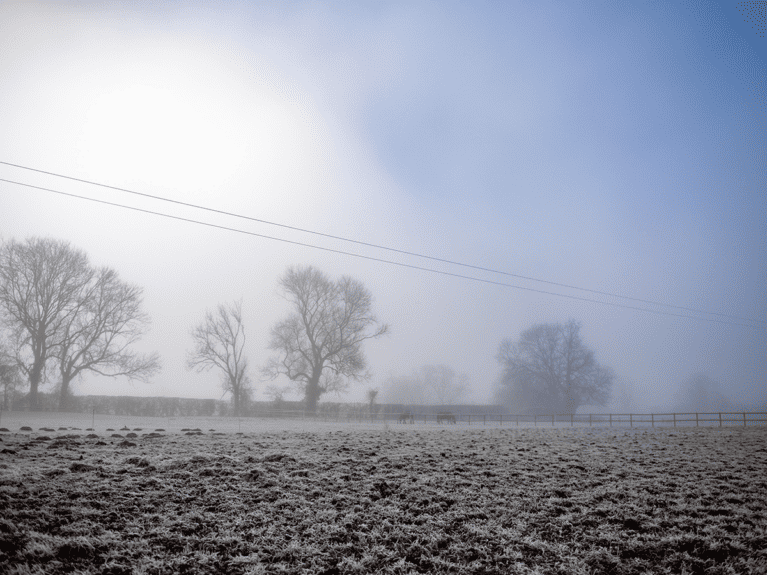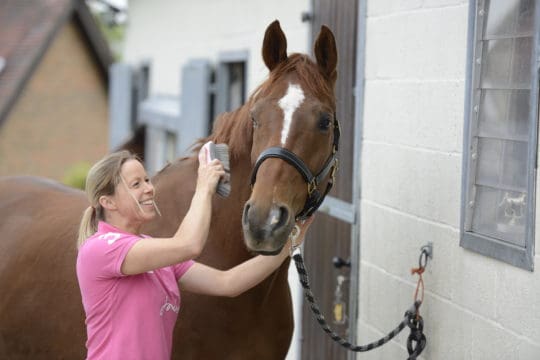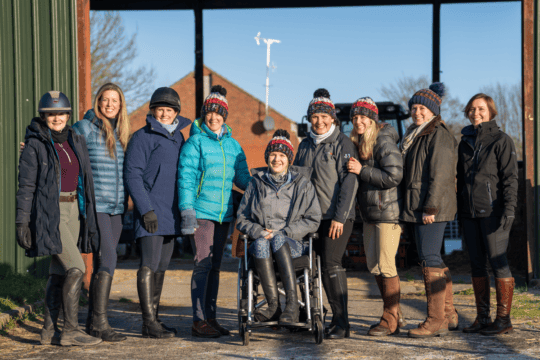
Most Read Articles

Prepare for the cold weather and help keep your horse happy and healthy with our top tips
So far this winter we’ve seen lashings of rain and life-threatening winds leading to severe flooding in many parts of the UK. But, in general, temperatures have been relatively mild so the recent drop will have no doubt come as quite a shock to our four-legged friends, both equine and canine. So, what can we do to ensure they stay happy and healthy while the temperatures remain below zero?
The dramatic change in temperature currently being seen across the UK has prompted head vet at tails.com Sean McCormach to share some warning to dog owners. Urging people to look out for rock salt and antifreeze when dog walking, Sam commented, “Rock salt is a mixture of salt (sodium chloride) and grit and is an effective way to reduce ice build-up on roads during the colder seasons. However, road salt can be extremely dangerous to dogs, as it can irritate the dog’s skin, causing dryness, cracking and even burns to a dog’s pads. Even more dangerous for dogs, if they lick it from their paws or fur, they can ingest the chemicals, which can be toxic.”
We often see a lot of advice for caring for dogs in these testing weather conditions, but what about our larger four-legged friends? How can we ensure their safety and maintain their health during the cold snap? Check out our tips right here.
- Rugs – check the weather in your area regularly and assess your horse’s individual requirements to help you decide what rug is best for your horse. Remember that every horse is different, so while some will need extra layers to maintain condition, others will benefit from wearing a lighter rug to help shed a few pounds.
- Food – horses are hindgut fermenters which means when food is being digested, it produces heat which will help keep them warm from the inside. Ensuring your horse has access to plenty of forage throughout the day – and especially in the field when the sugar levels are high in the frozen grass – will help keep him toasty and healthy.
- Shelter – whether your horse is out 24/7 or for just a period of the day, try to make sure he has access to shelter to offer him protection from the wind chill. If your horse has no shelter and is easily affected by the cold, it’s worth considering reduced turnout time.
- Water – most horses tend to drink less when it’s cold, but it’s essential your horse stays hydrated otherwise he might be at risk of colic or other illnesses. Remember to break up the ice in his field water trough regularly and add warm water if you can. Consider filling up water containers and keep pipes insulated so you have access to fresh water all the time. You could also provide your horse with a warm, sloppy mash or lightly soak his hay (taking care not to let it freeze) to encourage hydration.
- Exercise – riding in sub-zero temperatures can negatively affect your horse’s lung health so consider the type of exercise and weather conditions before getting in the saddle. It’s sensible to keep sessions shorter and less intense, and ride in the middle of the day when it’s warmest. Unless you know your routes are safe underfoot, it’s best to avoid hacking altogether while the ground is potentially frozen, slippery and rutted.
- Turning out vs staying in – consider the condition of your fields and whether they are safe for your horse. If the ground is rutted and your horse is likely to run around, it might be best for him to stay in and be hand-walked to help avoid injury. There are plenty of ways you can keep him entertained in the stable – hay balls, horse-safe toys and forage split into more rations will keep him stimulated throughout the day and prevent boredom. Remember that your horse might stiffen up if he’s in more, too, so try to encourage mobility and movement whenever possible.
- Yard safety – it’s a good idea to grit the yard and pathways to the fields each evening to help prevent ice from forming and becoming a safety hazard. Politely ask everyone on the yard to avoid tipping water onto hard surfaces, too – it’s best to empty buckets down drains or on areas where people and horses won’t walk across.
Have you got any tips that help you survive and stay safe in the cold snap? Share them with us in the comments below.













